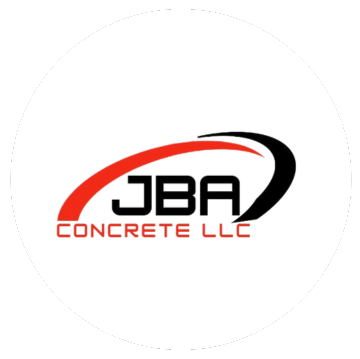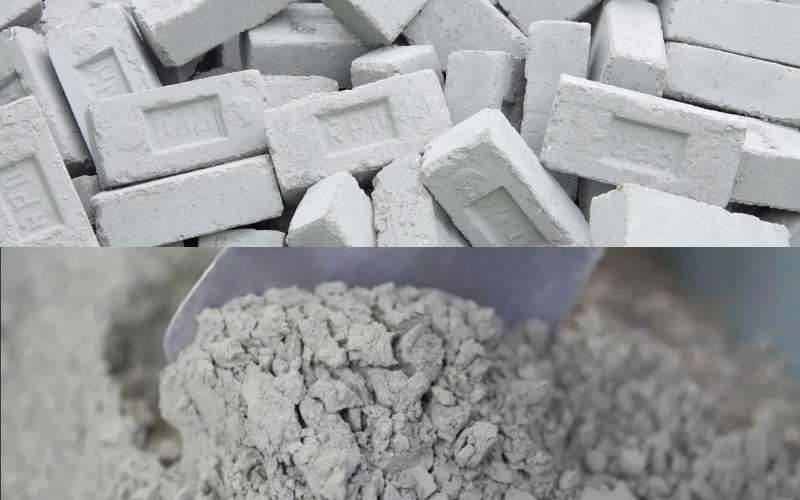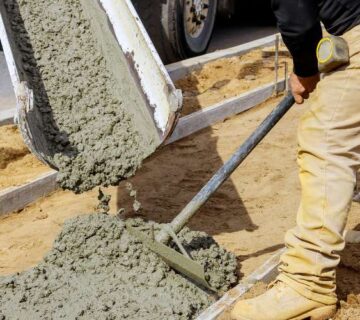When it comes to construction, finding Eco-Friendly Alternatives to Traditional Concrete Mixes is more important than ever. As people become more environmentally conscious, they seek out sustainable building materials that reduce their carbon footprint. But what if you could help the environment while maintaining the strength and durability of concrete? This blog will explore some of the best eco-friendly concrete solutions, addressing the key challenges faced by builders today.
The Benefits of Using Eco-Friendly Concrete Mixes in Construction
As the construction industry evolves, builders are searching for more sustainable materials. Eco-Friendly Alternatives to Traditional Concrete Mixes offer the same durability and strength while reducing environmental impact. This shift benefits not only the planet but also the future of construction practices.
What Makes Concrete Eco-Friendly?
Eco-friendly concrete mixes focus on reducing harmful emissions and using sustainable resources. Traditional concrete production generates significant carbon dioxide, contributing to global warming. Eco-friendly versions use fewer raw materials, and some even incorporate recycled products. These changes drastically lower carbon footprints while maintaining the strength needed for construction.
Common Types of Eco-Friendly Concrete Mixes
Several types of eco-friendly concrete mixes have gained popularity in recent years. Each of these options helps reduce environmental harm while still being effective for building projects:
- Fly Ash Concrete: This material is a byproduct of coal combustion and can replace a large portion of traditional cement in the mix. Fly ash concrete offers similar durability to standard concrete but uses waste products, reducing the need for new raw materials.
- Slag Cement: Made from the byproducts of steel production, slag cement is another sustainable alternative. It reduces greenhouse gas emissions during production and offers superior strength, making it ideal for heavy-duty construction.
- Silica Fume Concrete: Silica fume is a byproduct of silicon and ferrosilicon alloy production. When added to concrete, it increases the material’s strength and durability while using less cement.
- Recycled Aggregate Concrete: This mix uses crushed concrete from demolition projects as part of the aggregate. By reusing materials, it reduces waste and prevents the need for new resources.
Benefits of Using Eco-Friendly Concrete Mixes
Eco-friendly concrete mixes come with multiple benefits, from environmental to financial advantages. Some of the top benefits include:
- Lower Carbon Emissions: Traditional concrete is one of the largest contributors to global CO2 emissions. By using alternatives, builders can significantly reduce their carbon footprints.
- Sustainable Resource Use: Eco-friendly alternatives often incorporate recycled or byproduct materials. This reduces the need for raw materials and minimizes waste.
- Cost-Effective Solutions: In many cases, eco-friendly concrete can be more cost-effective in the long term. Recycled materials often cost less, and using these alternatives can improve the sustainability of the project.
- Improved Durability: Many eco-friendly concrete mixes offer enhanced durability, making them more resistant to cracks, water damage, and wear over time.
How to Implement Eco-Friendly Concrete Mixes in Your Next Project
Adopting Eco-Friendly Alternatives to Traditional Concrete Mixes is easier than you might think. First, consult with your concrete supplier to understand the availability of eco-friendly options in your area. They can recommend the best mixes for your project’s specific needs. Next, ensure that your team understands how to work with these alternatives, as some may require different handling techniques.
Finally, promote your project’s sustainability efforts. More clients today value eco-friendly construction practices, and highlighting your use of sustainable materials can set you apart in the competitive market.
Real-World Examples of Eco-Friendly Concrete Projects
Many construction projects worldwide have successfully implemented eco-friendly concrete. One notable example is the construction of the San Francisco Bay Bridge, which used fly ash concrete for its durability and sustainability. Similarly, the One World Trade Center in New York utilized eco-friendly concrete mixes, reducing its carbon footprint during construction.
Ready to Embrace Eco-Friendly Concrete Solutions?
Incorporating Eco-Friendly Alternatives to Traditional Concrete Mixes into your next project is a step towards a greener future. These sustainable options not only reduce your environmental impact but also offer long-lasting benefits for your construction projects. Ready to make the switch? Contact us today to learn more about how we can help you build with eco-friendly materials. Let’s work together to create a sustainable future, one concrete mix at a time!





No comment